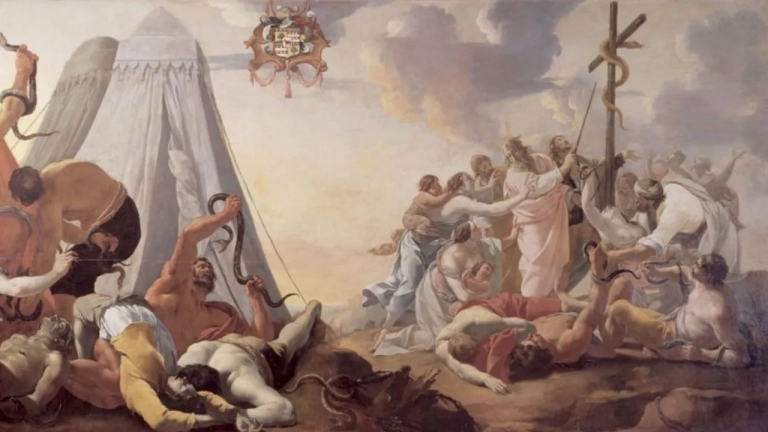Introduction:
The intricate tapestry of biblical narratives often reveals profound connections and prefigurations between key figures and events in the Old and New Testaments. Among the most compelling examples of this interplay is the prefiguration of Moses, the iconic leader of Israel’s exodus, and Jesus Christ, the central figure of Christianity. Through the lens of theological scholarship, we delve into the remarkable parallels between Moses and Jesus, shedding light on their shared significance in shaping the narrative arc of salvation history.
Moses as a Prefiguration of Jesus:
Moses, revered as one of the greatest prophets and leaders in Judaism, stands as a towering figure in the Old Testament narrative. His life and actions foreshadow the ministry and mission of Jesus Christ in myriad ways, as elucidated by renowned theologians and scholars.
Dr. Michael Brown, in his seminal work “Answering Jewish Objections to Jesus,” highlights the parallels between Moses and Jesus, emphasizing their roles as deliverers and lawgivers. Both figures emerge as liberators: Moses leading the Israelites out of bondage in Egypt, and Jesus offering liberation from sin and death through his sacrificial death and resurrection.
Similarly, Dr. John Sailhamer, in “The Pentateuch as Narrative,” underscores the typological relationship between Moses and Jesus, noting how Moses’ mediation of the Old Covenant anticipates Jesus’ role as the mediator of the New Covenant. Moreover, Moses’ ascent to Mount Sinai to receive the Law prefigures Jesus’ Sermon on the Mount, where he delivers the new ethical teachings of the Kingdom of God.
Jesus as the Fulfillment of Moses:
As scholars like Dr. Walter Brueggemann, author of “Theology of the Old Testament,” affirm, Jesus emerges as the fulfillment and embodiment of the prophetic tradition inaugurated by Moses. Whereas Moses led the Israelites through the wilderness, Jesus traverses the desert of human suffering and temptation, triumphing over the powers of sin and evil.
Dr. N.T. Wright, in “The New Testament and the People of God,” elucidates how Jesus’ identity as the “new Moses” is epitomized in his ministry of liberation, healing, and proclamation of the Kingdom of God. Moreover, Jesus’ institution of the Eucharist at the Last Supper echoes Moses’ establishment of the Passover meal, symbolizing the new exodus and the sacrificial atonement for sin.
Conclusion:
The prefiguration of Moses and Jesus, as illuminated by theological scholarship, offers profound insights into the continuity and fulfillment of God’s redemptive plan throughout salvation history. From Moses’ liberation of Israel to Jesus’ ultimate deliverance of humanity, the parallels between these two figures underscore the coherence and unity of Scripture, pointing to the centrality of Christ in God’s divine purpose. As Christians reflect on the typological relationship between Moses and Jesus, they are invited to deepen their understanding of God’s revelation and embrace the transformative power of the gospel.
